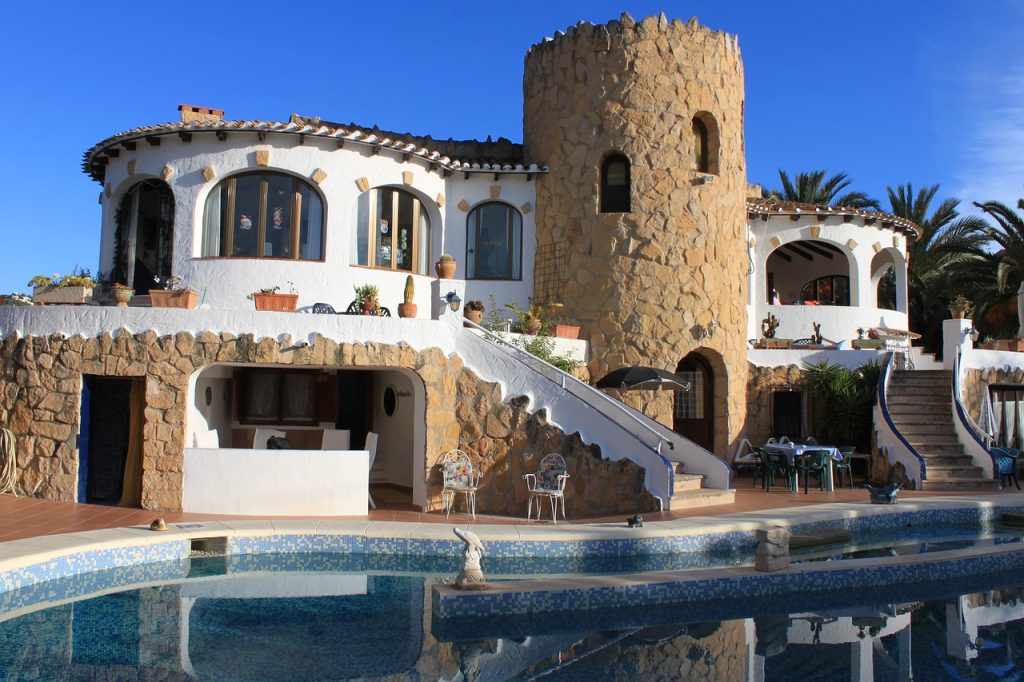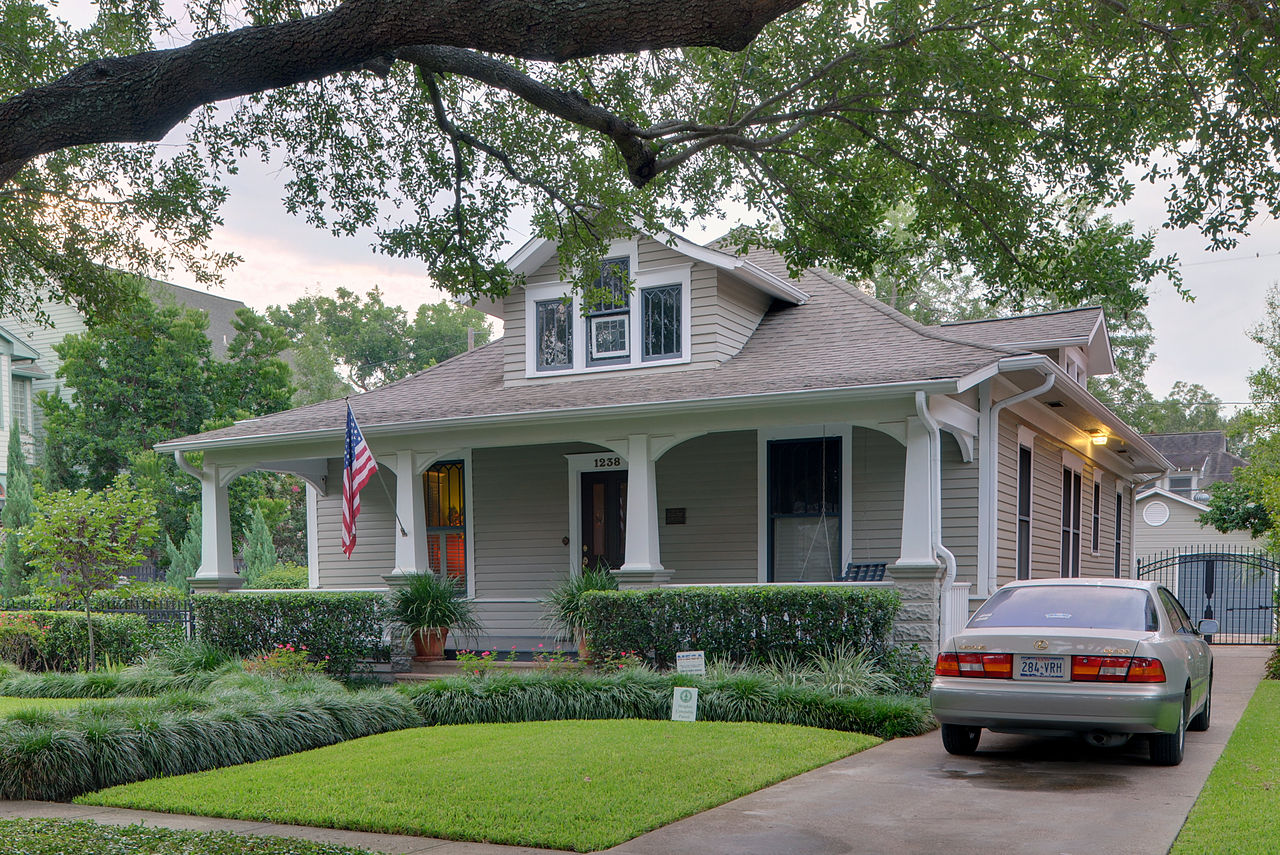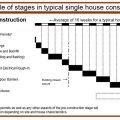Here I am going to show you how many house styles in Canada. We focus on residential construction now.
One-storey, Rancher, and Rambler
A dwelling consisting of one storey or a single floor of living area with a full-height stairway to the basement, usually at the centre of the house or at the side-door entrance. Typically the basement is unfinished at the time it is built, but might be finished later as either a simple or custom design. This style of home ordinarily has a simple floor plan and generally includes a low-pitched gable roof, large windows, an attached garage and sliding glass doors leading out to a back deck or patio.
Smaller, one-storey homes were popular in the ’70s, so many are now 30+ years old.
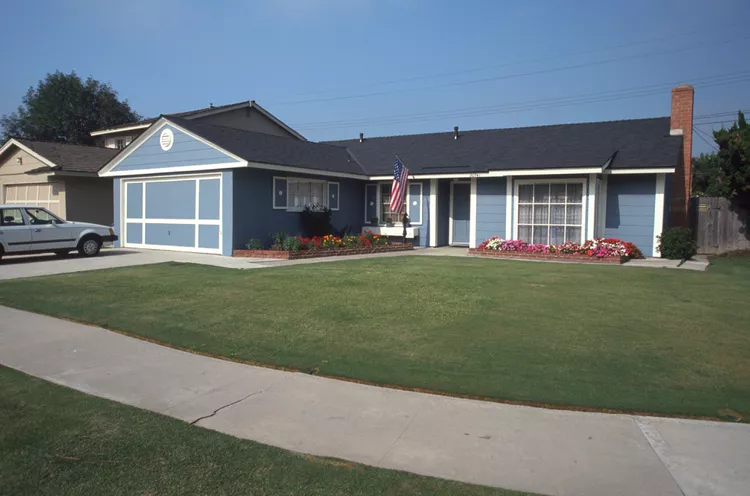
1.5-storey or Cape Cod
Popular during the 1930s, ’40s and ’50s, the Cape Cod boasts one and a half storeys of finished living area. The second level typically has a steep roof slope and dormers. The area of
Cape Cod Stylethe second floor is usually smaller than the ground floor area because of the roof design. The chimney is typically placed at one end of the home instead of at the centre.

Two-storey Colonial
An uncomplicated, economical and refined home of two finished floors of approximately the
2-storey Colonial Stylesame living area and both with full ceiling heights. The roof structure commonly has a medium slope.
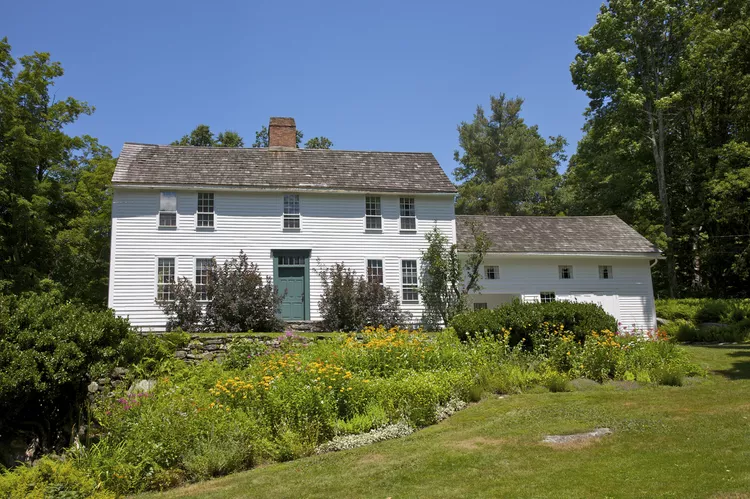
2.5-storey
A residence with three levels of living area, a steep roof slope and dormers. The uppermost level is usually 40 to 70% of the ground floor area. The 2.5-storey home is similar to the Cape Cod, with the exception being the additional level of living area.
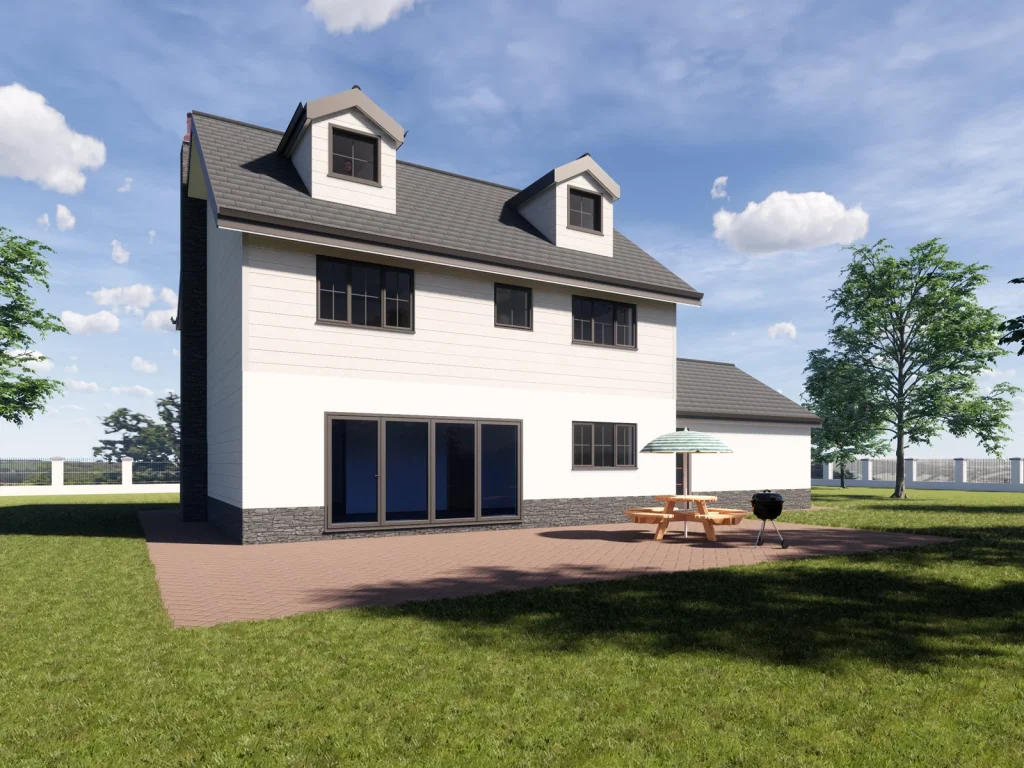
A-frame
Popular from the mid-’50s through the ’70s, the A-frame has steeply angled sides (the roof line), that meet at the top in the shape of the letter A. The sloped roof creates a half floor at the top of the house which can be used as a loft. A-frames have limited living space and are commonly constructed as vacation cottages.
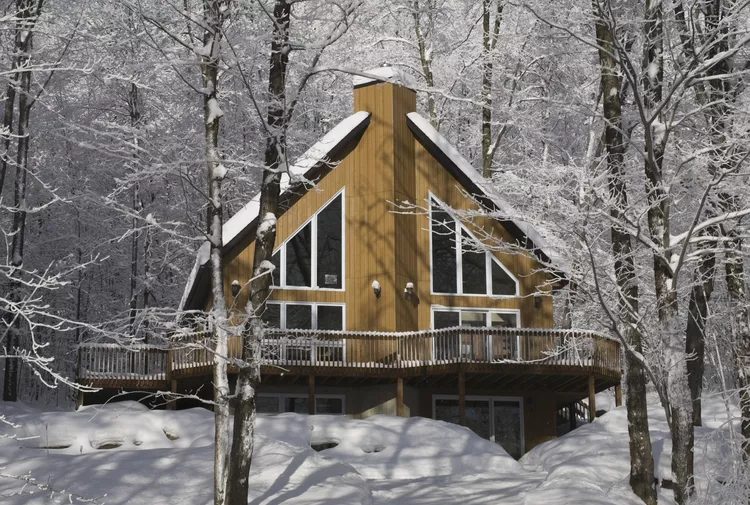
Bi-level, Raised Ranch or Split-foyer
A home with two levels of the living area of approximately the same size. The dwelling entrance is between floors and is considered a split-foyer entrance. The main entrance area includes a landing with a flight of stairs leading to the main living area on the upper level and a flight of stairs leading down to additional living space. A practical style that fills a need for space and flexibility, little decorative detailing, and sliding glass doors leading to a backyard patio are all familiar traits of a bi-level.
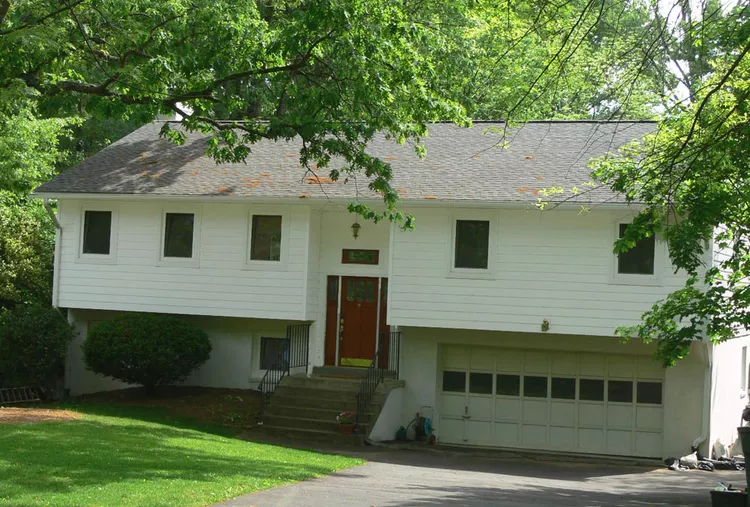
Split-level, Tri-level
A dwelling that is divided into several parts, with often three or more levels of finished living area: lower level, intermediate level and upper level. The lower level is immediately below the upper level as in the two-storey residence. The intermediate level adjacent to the other levels is built on a grade approximately one half storey higher than the lower level. The main entrance is usually (although not always) on the centre level.
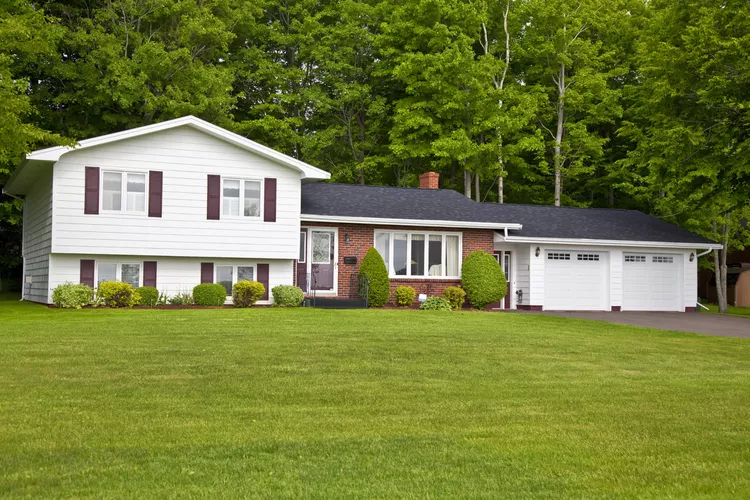
Bungalow
A space-efficient floor plan of the early 20th century. The bungalow is ordinarily a small, one-storey dwelling, usually with a covered front porch. Wood shingle exterior walls or wood siding Bungalow and wood shingle rooves are regular features of the bungalow style home.
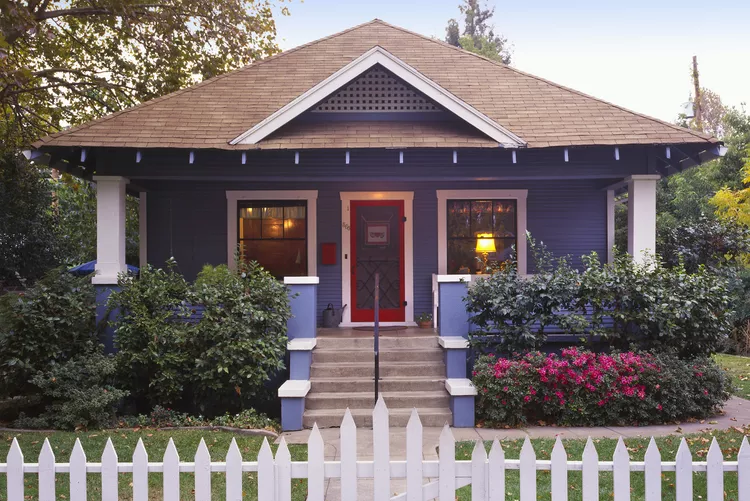
Contemporary
Contemporary homes are designed for today’s Contemporary Stylelifestyles with large open spaces and huge windows of very tall panes of glass. A combination of square and rectangular geometric patterns and designs are used to blend both interior and exterior. Commonly, the contemporary home will consist of plain exteriors with the exception of the extensive use of glass.
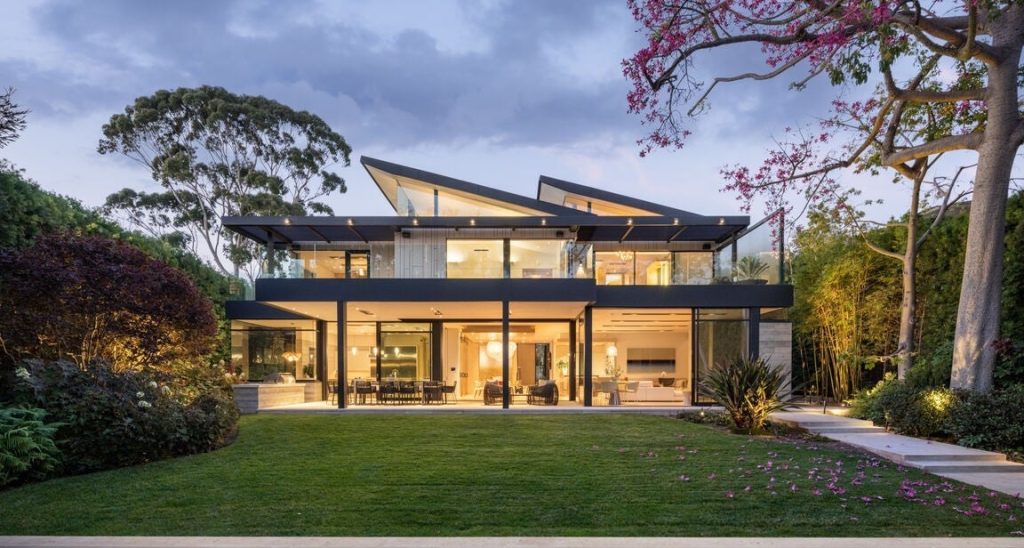
Cottage
Generally used as a seasonal home, the cottage is a small, simple one-storey structure. Cottages typically have a minimal foundation; the building resting on posts at the corners of the building.
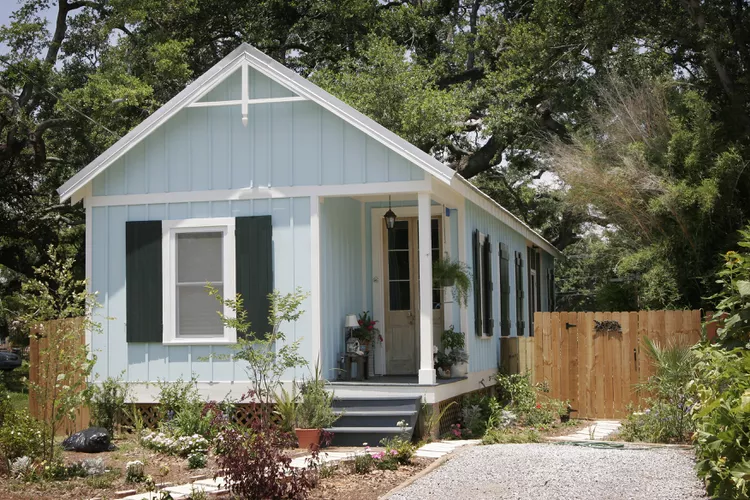
Log
The log home is typically made from logs that have not been milled into conventional lumber. The handcrafted style of log homes is typically made of logs that have been peeled, but are essentially unchanged from their natural appearance when they were trees.
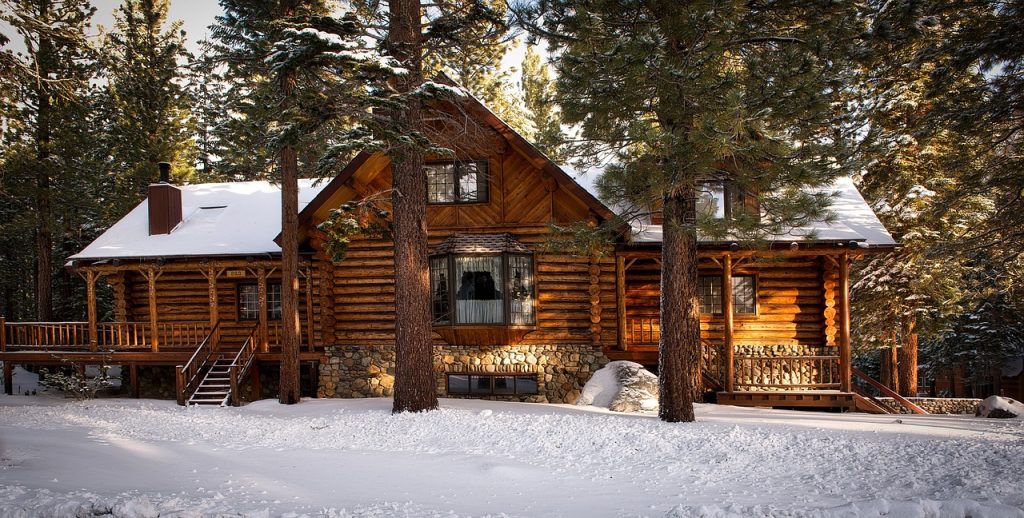
Victorians
There are three main types of Victorians: ornate Victorian, Queen Anne, and Victorian.
A Victorian home is a house that was constructed during the Victorian era, approximately 1840 to 1900. Victorians typically have elaborate exterior and interior finishes and trims, including 18 inches of gingerbread on at least three lines of the house. Usually, 2.5 or three stories of living area, Victorian homes commonly include the use of bay windows, turrets, tall chimneys, and extensive porches.
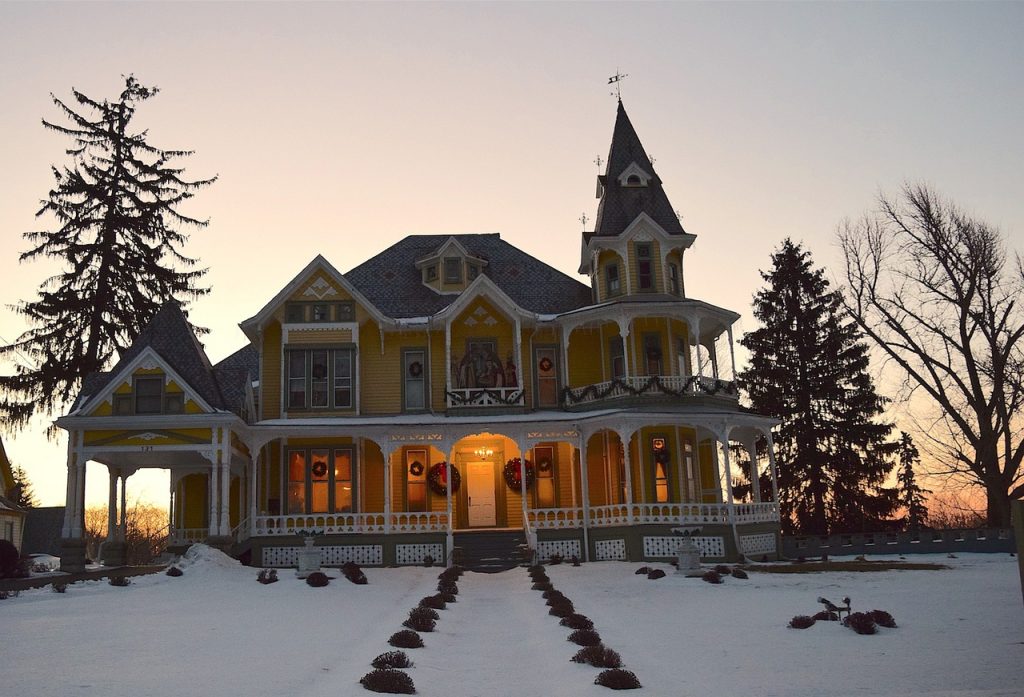
Mediterranean
The ornamentation of a Mediterranean home can range from simple to dramatic. The exterior walls are commonly stucco white or pastel. Arched windows and balconies with wrought iron or wood detail are a common trait of the Mediterranean style.
